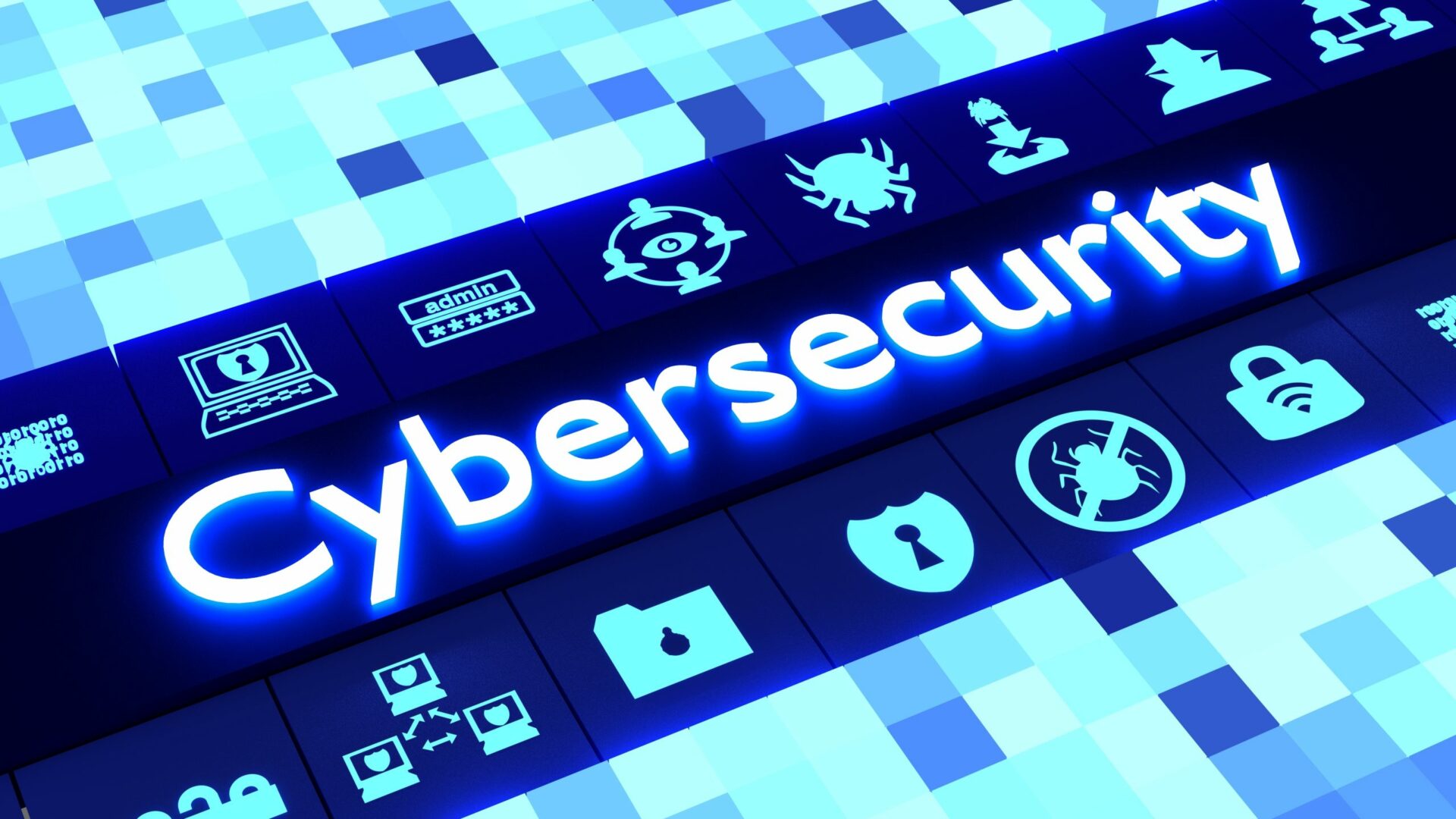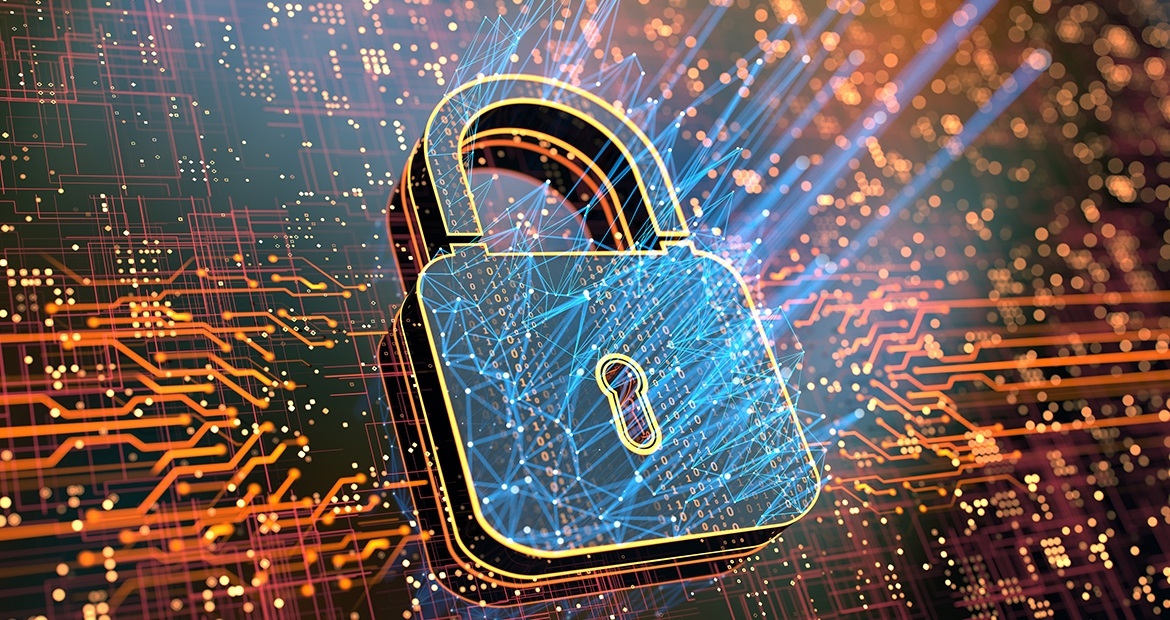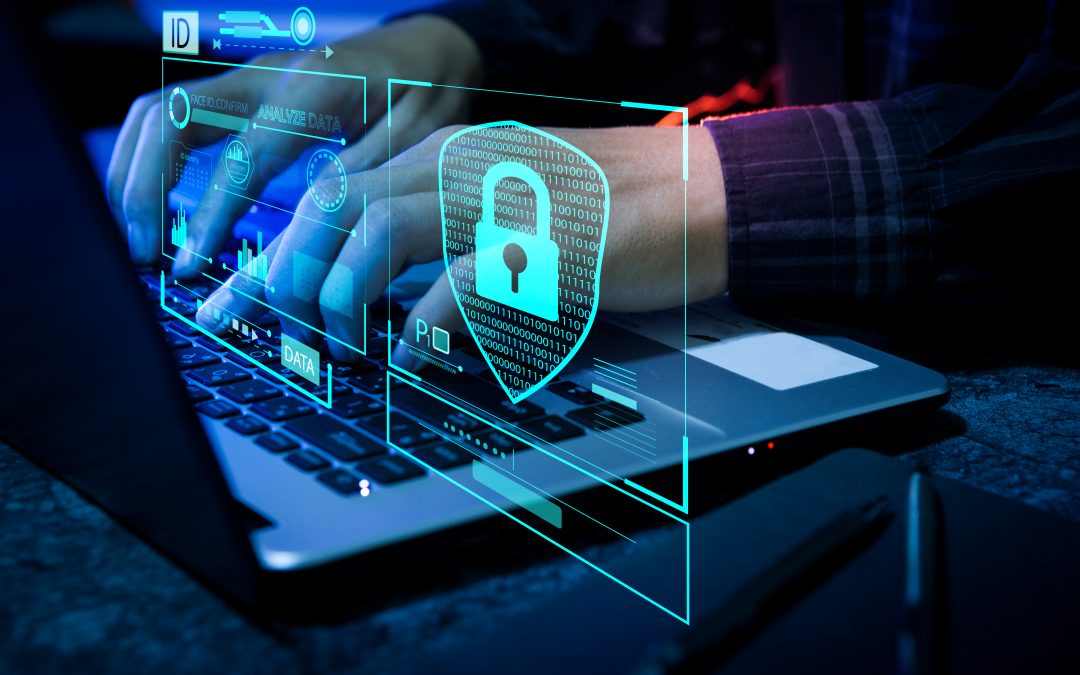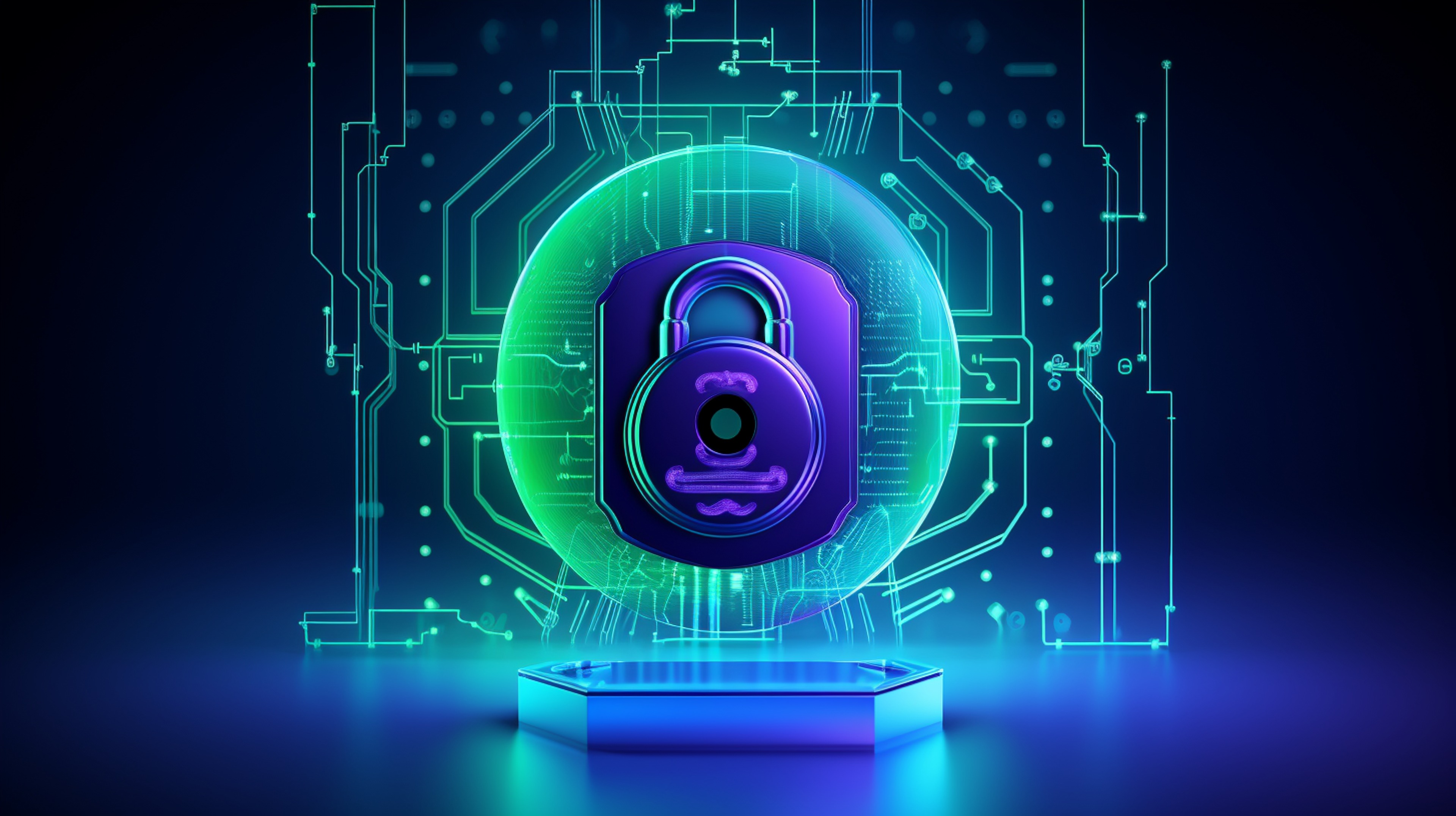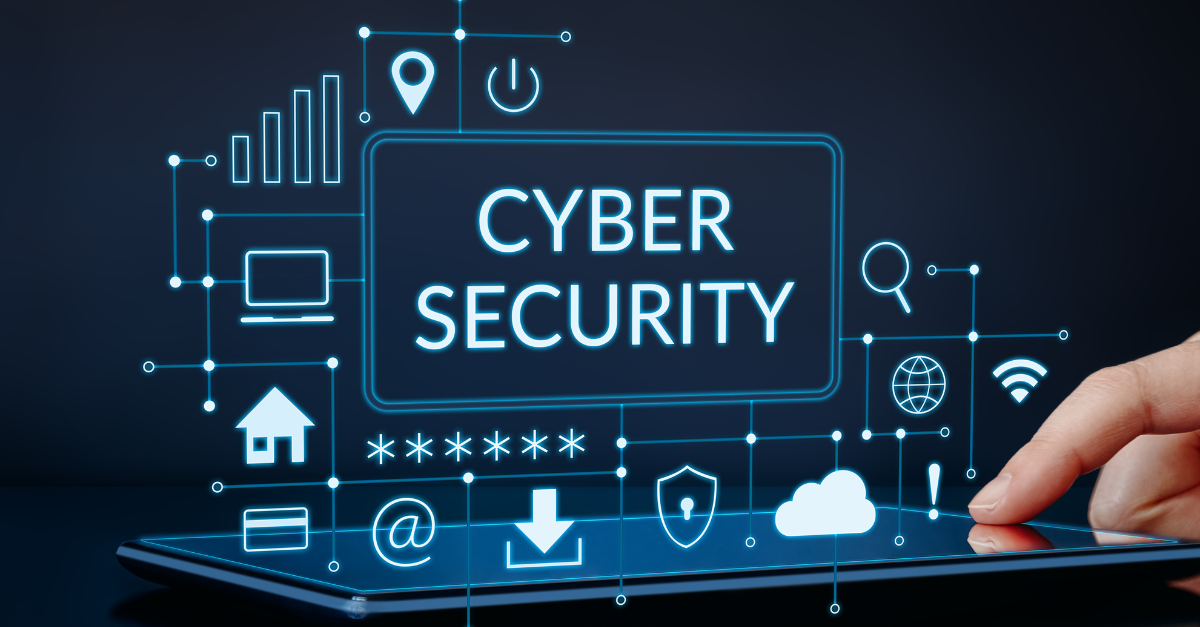
In this day and age, the Internet of Things (IoT) has become a revolutionary force. Things that are tied to the internet, like intelligent heaters and cars, promise to make our lives easier and more efficient. Of course, as the IoT community grows, so does the area that hackers can attack.
People and companies need to know about the privacy risks that come with these devices and how to protect themselves from them because people are becoming more and more dependent on them.
With more and more IoT being used together, there is a big problem: insecurity. The chance of security holes growing along with the number of IoT devices is also growing. With the Internet of Things (IoT), we can connect to everything, and it has changed how we live and work.
With so many gadgets connecting, it's more important than ever to make sure strong protection means are in place. In this article, we will discuss cybersecurity in the IoT era.
Significance And Growth Of IoT
The Internet of Things (IoT) has become a transformative force in various industries, revolutionizing the way devices and systems communicate. Its significance lies in the seamless connectivity it enables among everyday objects, creating a network where data is collected, shared, and analyzed in real time.
This interconnectedness enhances efficiency, productivity, and decision-making processes across sectors such as healthcare, manufacturing, transportation, and smart cities. The growth of IoT has been exponential, with an ever-expanding ecosystem of connected devices.
From smart home appliances to industrial sensors, IoT devices continue to increase, creating a dynamic landscape that fosters innovation. This growth is driven by advancements in technology, decreasing hardware costs, and an increasing demand for interconnected solutions that streamline operations.
Increasing Cybersecurity Challenges In The IoT Era
While the IoT presents numerous opportunities, it also introduces a new frontier of cybersecurity challenges. The interconnected nature of IoT devices makes them susceptible to cyber threats, ranging from data breaches to ransomware attacks. As the number of devices grows, so does the potential attack surface, necessitating robust security measures.
Addressing these challenges requires a collaborative effort from industry stakeholders, policymakers, and cybersecurity experts to develop and implement effective strategies that safeguard the integrity and privacy of IoT ecosystems. As the IoT landscape continues to evolve, managing and mitigating cybersecurity risks remains a critical aspect of ensuring the sustained success and safety of this interconnected future.
What Is The IoT?
The Internet of Things, or IoT, is made up of billions of natural objects that are now linked to the Internet and share and collect data. Connectivity gives things that would otherwise be "dumb" a level of digital intelligence that lets them share real-time data without a person being involved, combining the digital and physical worlds.
The IoT is massive and is snowballing. If a device can connect to the internet, it can be a part of the IoT. This includes everything from simple home appliances like freezers and thermostats to complex industrial tools. The way that the real and virtual worlds are linked makes for a unique and complicated environment that cyber risks love. Approximately 80% of businesses have incorporated IoT into their operational processes to varying extents. (Source: Forbes)
What Are The Risks Of IoT?
IoT has many perks, such as making things more efficient and collecting data better. However, these devices that are linked together also pose some risks that can harm people's and companies' safety and privacy.
Data Privacy And Confidentiality
IoT devices gather, process, and send a massive amount of data, which often includes private or sensitive businessor personal data. Cybercriminals can use these devices to get to this data without permission if they are not adequately protected. People can have their identities stolen or their privacy invaded by this.
For companies, it could mean that private business data, intellectual property, or customer information is made public, which could hurt their image and get them in trouble with the law.
Device And System Compromise
The security of a network can be broken by IoT devices, which give hackers a way in. If an attacker gets into one device, they can use it to get into other devices or systems on the network, which could cause a lot of damage.
This could make it hard for businesses to run or even cause them to lose money. For people, this could put their home's other connected gadgets at risk, such as smart locks or security systems, which could be a real security risk.
IoT Botnets
When IoT devices are hacked, they can be turned into botnets, which are groups of hacked devices managed by an attacker. These botnets can be used to do bad things on a big scale, like Distributed Denial of Service (DDoS) attacks, which can stop online services from working correctly. Businesses that depend on the internet for a lot of their processes can lose a lot of money and time during these kinds of attacks.
Physical Safety Risks
If the security of some types of IoT devices is broken, like connected medical devices or industrial control systems, it could put people in direct danger. For example, an intelligent insulin pump that has been hacked could have nasty effects on a person, even killing them.
In the same way, a breach in the IoT system that controls vital equipment in the workplace could cause crashes that put workers' safety at risk and stop operations. The first step in making IoT gadgets safe is to understand these risks. Fortunately, these risks can be significantly reduced with the right plans, which makes it safe to use the benefits of IoT.
Mitigating IoT Risks
IoT security needs to be dealt with in a number of ways, including through technology means, user education, and policy changes. Some necessary steps that can be taken to make IoT devices much safer are listed below:
Implement Strong Authentication
Strong security should be used to protect all IoT devices. This can be done with strong, unique passwords and, if possible, more than one way to prove your identity. These steps make it harder for people who aren't supposed to be there to get into the gadgets.
Regular Patching And Updates
IoT devices can have security holes that hackers can use against them, just like any other software system. To fix these security holes, software makers regularly put out changes and patches. So, it's essential to make sure that all of your IoT gadgets always have the most up-to-date software.
Network Segmentation
By putting IoT devices on their network, network segmentation can stop the spread of a possible breach. This means that if someone gets into an IoT device, they can't get into other parts of the network.
Security By Design
When you buy IoT devices, make sure you get ones that are made with security in mind. In other words, they should have security features built in, use safe methods, and offer regular security patches.
Hardware Firewalls
A hardware router is a solid first line of defense for IoT security. A hardware firewall protects your whole network by stopping threats before they reach your devices, while software firewalls only protect specific devices. It can add an extra layer of security to IoT devices, many of which may need more built-in safety features.
Segmenting a network can also be helped by hardware filters. Some more powerful types let you set up different network areas with their own protection rules. This can help keep any security problems in the zone where they happen, stopping them from spreading to other parts of the network.
Education And Awareness
In IoT security, user knowledge is essential. People who use IoT devices should know what risks they pose and how to use them safely. This means knowing how to make strong passwords, keep gadgets up to date, and spot possible security risks.
Businesses and people can significantly lower the dangers connected to IoT devices by taking these steps. This will allow them to use the benefits of IoT while keeping their networks and data safe.
IoT Security Best Practices
The ever-expanding web of the Internet of Things (IoT) brings convenience and innovation, but with it comes an undeniable responsibility: ensuring robust security. As billions of devices weave into our lives, understanding and implementing proactive security practices is crucial.
Educating Users And Stakeholders
Security starts with awareness. Users, developers, and operators must grasp the potential risks lurking in the connected world. Regular training on secure usage practices, like solid password hygiene and recognizing phishing attempts, empowers individuals to be the first line of defense.
Furthermore, educating stakeholders within businesses and organizations fosters a culture of security where everyone acknowledges the shared responsibility for protecting sensitive data and infrastructure.
Conducting Security Assessments And Audits
Just like a doctor's check-up, regular security assessments provide a vital pulse for your IoT ecosystem. Penetration testing, vulnerability scans, and code audits identify weaknesses before attackers exploit them.
These proactive measures enable organizations to patch vulnerabilities and harden defenses, minimizing the attack surface and reducing the likelihood of successful breaches. Regular audits conducted by independent third parties add another layer of scrutiny, ensuring compliance with industry standards and best practices. A recent survey by HP reports that 70% of devicescontain vulnerabilities.
Collaborative Efforts In The Industry
Security threats in the interconnected world don't respect boundaries. That's why collaboration is critical. Industry-wide initiatives and open-source communities drive the development of robust security standards, threat intelligence sharing, and coordinated vulnerability response mechanisms.
By working together, vendors, researchers, government agencies, and users can create a more robust collective defense against emerging threats and share best practices to combat evolving attack methods.
Incident Response And Recovery Planning
Despite our best efforts, breaches can happen. Having a well-defined incident response plan ensures a swift and efficient response to minimize damage and restore normal operations.
This plan should include clear communication protocols, identification and isolation of affected systems, data backup and recovery procedures, and forensic analysis to understand the attack and prevent future occurrences. Regularly testing and updating the plan ensures its effectiveness when an attack unfolds.
Future Trends In IoT Security
Future Trends in IoT Security: Building a Fortress in the Connected World
The Internet of Things (IoT) is rapidly expanding, weaving an intricate web of interconnected devices that enhance our lives. Yet, with each new connection comes a heightened vulnerability. Ensuring the security of this ever-growing ecosystem requires proactive and innovative approaches.
Artificial Intelligence And Machine Learning (AI/Ml) To The Rescue
Traditional security methods need help to keep pace with the evolving tactics of cybercriminals. AI/ML offers a paradigm shift. Machine learning algorithms can analyze vast amounts of data, identifying patterns and anomalies that signal potential threats.
Imagine smart devices continuously monitoring their behavior, detecting unauthorized access or suspicious data exfiltration in real-time. AI-powered firewalls can learn to adapt to new attack vectors, proactively hardening defenses before breaches occur. This symbiotic relationship between AI and connected devices will be a cornerstone of future-proof IoT security.
Building Trust With Blockchain
The decentralized nature of blockchain technology holds immense potential for securing IoT transactions. Data immutability ensures that sensitive information cannot be tampered with, while distributed ledger technology eliminates single points of failure.
Imagine a network of intelligent sensors securely recording environmental data on a blockchain, creating an irrefutable chain of custody that prevents data manipulation. With blockchain, trust becomes an inherent feature of the IoT ecosystem, fostering secure interactions between devices and promoting user confidence.
Standards As The Foundation
The current patchwork of IoT security standards creates vulnerabilities due to incompatibilities and inconsistencies. The future demands a unified approach. Imagine a globally recognized framework that dictates baseline security protocols for device manufacturers, developers, and users.
This will enable seamless and secure device communication, regardless of brand or platform. Industry collaboration and regulatory intervention will be crucial in establishing these standards, paving the way for a robust and interoperable IoT landscape.
The Next Frontier Emerging Technologies
Beyond AI/ML and blockchain, exciting new technologies are on the horizon. Quantum-resistant cryptography promises to safeguard data against the future threat of quantum computing. Secure multi-party computation allows collaborative analysis of sensitive data without revealing underlying information.
Homomorphic encryption enables on-device data processing while preserving privacy. These cutting-edge solutions, while still in their early stages, offer glimpses into a future where security is woven into the very fabric of the IoT.
Frequently Asked Questions
How Do IoT Devices Compromise Privacy?
IoT devices often collect sensitive data. If not properly secured, this data can be accessed by cybercriminals, leading to privacy breaches and identity theft.
Why Are Regular Software Updates Crucial For IoT Security?
Regular updates patch security vulnerabilities in IoT devices, reducing the risk of exploitation by hackers who may attempt to breach outdated software.
What Is Network Segmentation In IoT Security?
Network segmentation involves dividing an IoT network into isolated segments to limit the spread of a potential breach, enhancing overall security.
How Does Encryption Safeguard Data In The IoT Era?
Encryption ensures that data exchanged between IoT devices is secure and inaccessible to unauthorized entities, both during transit and when stored.
What Are The Risks Associated With IoT Botnets?
IoT botnets, formed by hacked devices, can be used for large-scale attacks like Distributed Denial of Service (DDoS), disrupting online services and causing financial losses.
Conclusion
The surge of Internet of Things (IoT) devices brings unprecedented convenience but also escalating cybersecurity risks. As our dependence on interconnected devices intensifies, understanding and addressing these challenges becomes imperative. Risks range from data privacy breaches to device compromise and the potential formation of IoT botnets.
Mitigation involves robust strategies by design, such as strong authentication, regular updates, network segmentation, and security. Education, collaborative industry efforts, and proactive security practices are vital.
Looking forward to cybersecurity in the IoT era, emerging technologies like AI/ML, blockchain, and standardized security protocols hold promise for fortifying the IoT landscape. A concerted effort is necessary to navigate the intricacies of IoT security and ensure a safe, connected future.
